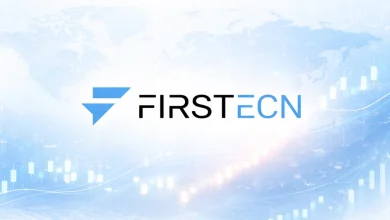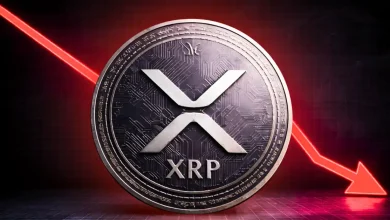
Satoshi’s Bitcoin pretty much pioneered the entire decentralized finance (DeFi) industry since Bitcoin was developed to enable peer-to-peer payments that remove the overbearing control of centralized entities over money.
In a way, cryptocurrencies can be categorized as part of decentralized finance even though in its strict sense, the term refers to a specific genre of financial products that prioritize decentralization above everything.
These products are built on smart contracts and decentralized oracles that all together work to automate and replicate traditional financial services.
From decentralized and automated lending and borrowing protocols to automated market makers and even decentralized insurance products, DeFi offers non-custodial financial products and services accessible to anyone around the globe.
How DeFi Works
The entire DeFi sector is built on the ethos of removing intermediaries in financial systems, thereby giving users ultimate control over their finances.
To remove intermediaries, DeFi protocols are built on smart contracts which are designed to execute code based on pre-defined conditions.
These smart contracts allow developers to build sophisticated functionality that goes beyond simply sending and receiving cryptocurrencies.
Since these applications are built on decentralized frameworks, they are called decentralized apps (DApps).
DApps make automation of financial services possible as smart contracts take up the role of intermediaries in the financial system.
Therefore, rather than having a bank as the intermediary between a borrower and a lender, a smart contract programmed with an algorithm can take collateral from the borrower and distribute interest to a lender.
DeFi Use Cases and Examples
Lending Platforms
DeFi lending protocols kick-started the whole DeFi movement and remain to be the most active DApps in DeFi today as top DeFi lending applications such as Maker and Aave boast a TVL (total value locked) of over $10 billion each.
DeFi lending platforms allow the user to borrow money while using cryptocurrencies as collateral. Smart contracts are deployed to hold the borrowers’ collateral and distribute loans upon request.
Exchange Platforms
Decentralized exchanges (DEXs) such as Saddle Finance and Uniswap are built on the Ethereum blockchain network with automated market-making algorithms to facilitate the exchange of one token with another. These DEXs feature liquidity pools for each token in the trading pair.
The price of the tokens in the liquidity pool is controlled by smart contracts. This enables traders to access the DEX’s liquidity directly. Saddle Exchange for instance offers a decentralized automated market maker for pegged value crypto assets and stablecoins.
DeFi Prediction Markets
DeFi protocols are also being deployed in the predictions market with platforms such as Augur where users can speculate on the outcome of events as those who forecast correctly win and those who are incorrect lose money.
Using oracles and smart contracts to determine the outcome of events, DeFi prediction markets can determine the outcome of events and impartially distribute payouts.
Conclusion
The composability of DeFi’s underlying technology lends itself perfectly to infinite new possibilities apart from the ones mentioned in this article.
DeFi can be applied in games, synthetic assets, insurance, and even in yield farming.
Disclaimer and Risk Warning
The guest posts featured on Coinpedia are contributed by external authors and reflect their personal opinions and viewpoints. Coinpedia does not endorse, verify, or take responsibility for the accuracy, legality, or reliability of the content, advice, or opinions expressed in these guest posts. Including guest posts does not imply Coinpedia's approval of the content or the author’s views. Readers are encouraged to independently evaluate the information and seek professional advice if necessary before acting on any information provided in the guest posts.








